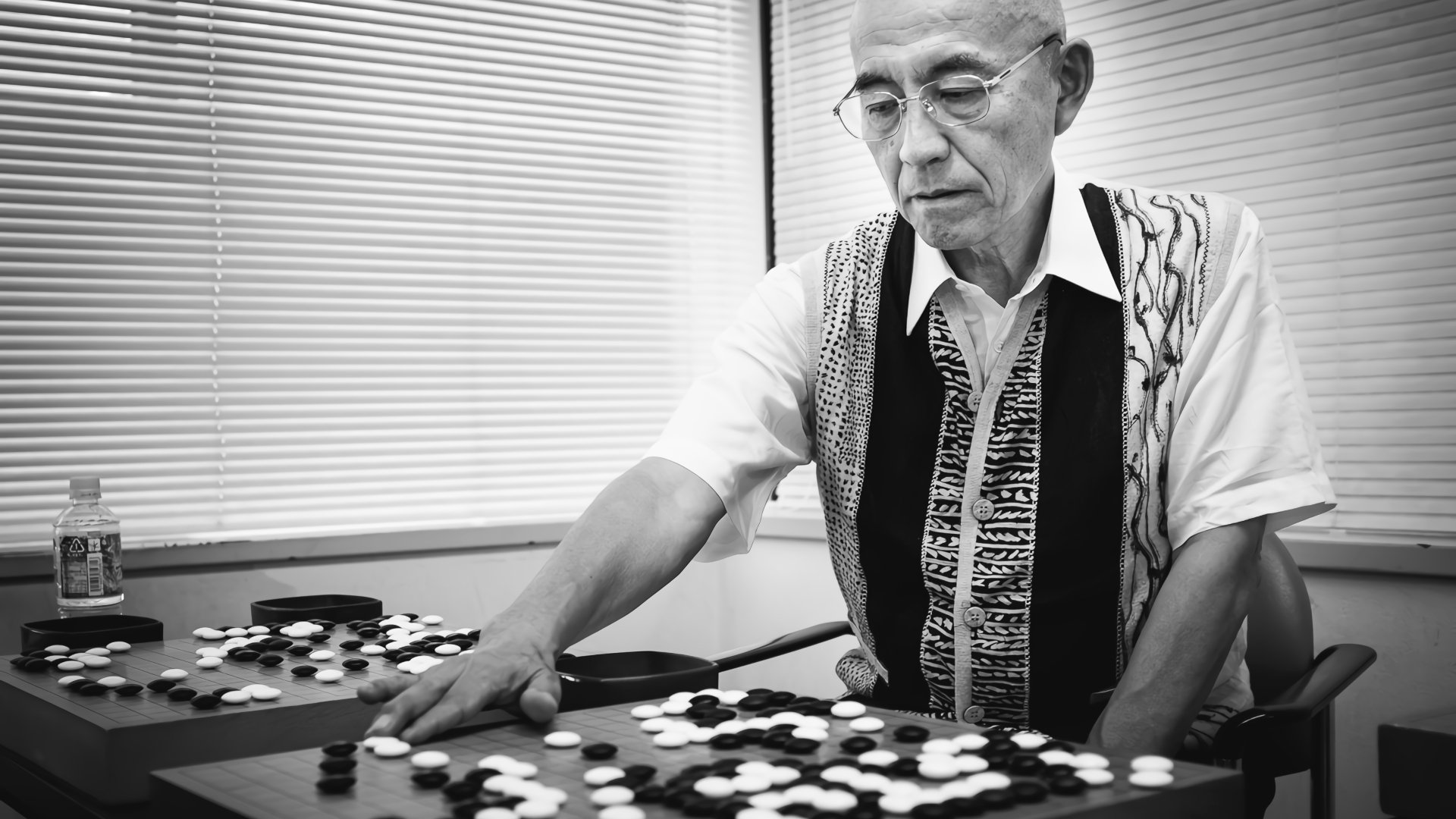Takemiya Masaki: Master of the Cosmic Style
DISCLAIMER: This blog post contains affiliate links. If you click on a product link and make a purchase, I will receive a small commission at no extra cost to you. This helps support the blog and allows me to continue providing quality content. Thank you for your support
Takemiya Masaki is considered one of the greatest modern Go players. He rose to fame as a teenager in the 1960s, earning the nickname "9 Dan killer" for beating top pros.
Takemiya pioneered a new "cosmic" style centered around building large Moyos. He preferred to call it his "natural" style, as he allowed his stones to flow naturally and offer his opponents what they wanted. This organically led to Takemiya securing a large central Moyo. After this, if opponents wanted to win, they had to invade and fight for life inside his Moyo. Failure to live meant defeat.
Pushing Boundaries While Respecting Tradition
While a boundary-pushing innovator, Takemiya also greatly respected traditional Go. While an innovator, Takemiya respected tradition, studying games by Dosaku, the "father" of modern opening theory. This blend of innovation and tradition marked Takemiya's long career.
In one tournament game, Takemiya forgot the complex "Large Avalanche" Joseki. He spent over 5 hours re-learning it on the spot - a record for the longest time thinking about one move. After this, Takemiya vowed never to play the complex Josekis again.
Legacy of Takemiya
Takemiya toured globally, spreading his "cosmic" style through teaching and books. His intuitive brilliance still influences top players today. Takemiya demonstrated the power of playing from the heart, leaving a legacy for generations.
Takemiya's pioneering "cosmic style" fundamentally changed opening theory and fuseki strategy for players worldwide. His teachings pushed professionals' understanding of center-oriented play across Asia and into the West. Takemiya's visits to Europe and North America introduced Western players to his radical cosmic style for the first time. His books remain classics, giving readers everywhere an insight into Takemiya's unorthodox brilliance. Though now in his seventies, Takemiya's games and wisdom continue to inspire professionals and amateurs globally. His intuitive, heart-driven approach forever expanded the philosophical depths and creative possibilities of the game for players everywhere.
Takemiya Masaki's Major Titles
1976: 31st Honinbo title
1978: 11th Hayago Championship
1980: 35th Honinbo title
1981: 1st NEC Cup
1985:
40th Honinbo title
5th NEC Cup
1986: 41st Honinbo title
1987: 42nd Honinbo title
1988:
43rd Honinbo title
1st Fujitsu Cup
1989:
2nd Fujitsu Cup
36th NHK Cup
Asian TV Cup
22nd Hayago championship
1990:
28th Judan title
Asian TV Cup
1991:
29th Judan title
13th Kakusei title
Asian TV Cup
1992:
30th Judan title
Asian TV Cup
1995: 20th Meijin title
Post-AI Era
With the rise of AI, some questioned whether Takemiya's intuitive "cosmic style" remained viable. However, top professionals still occasionally use the cosmic style even in world tournaments.
For amateurs, the cosmic style remains commonly seen as a great learning tool. Playing cosmic go teaches amateurs vital skills - how to grab big points, attack, fight, and kill. These universal lessons ensure Takemiya's games and wisdom will continue inspiring players at all levels.
Though pioneering in his prime, Takemiya's cosmic style remains deeply relevant today. Its creativity and heart continue to impact professionals and amateurs globally.
Takemiya’s English Publications from Amazon
Enclosure Josekis Attacking and Defending the Corner:
Cosmic Go:
The Best of Kido: The Art of Positional Analysis:
Amazing Happenings in the Game of Go:


